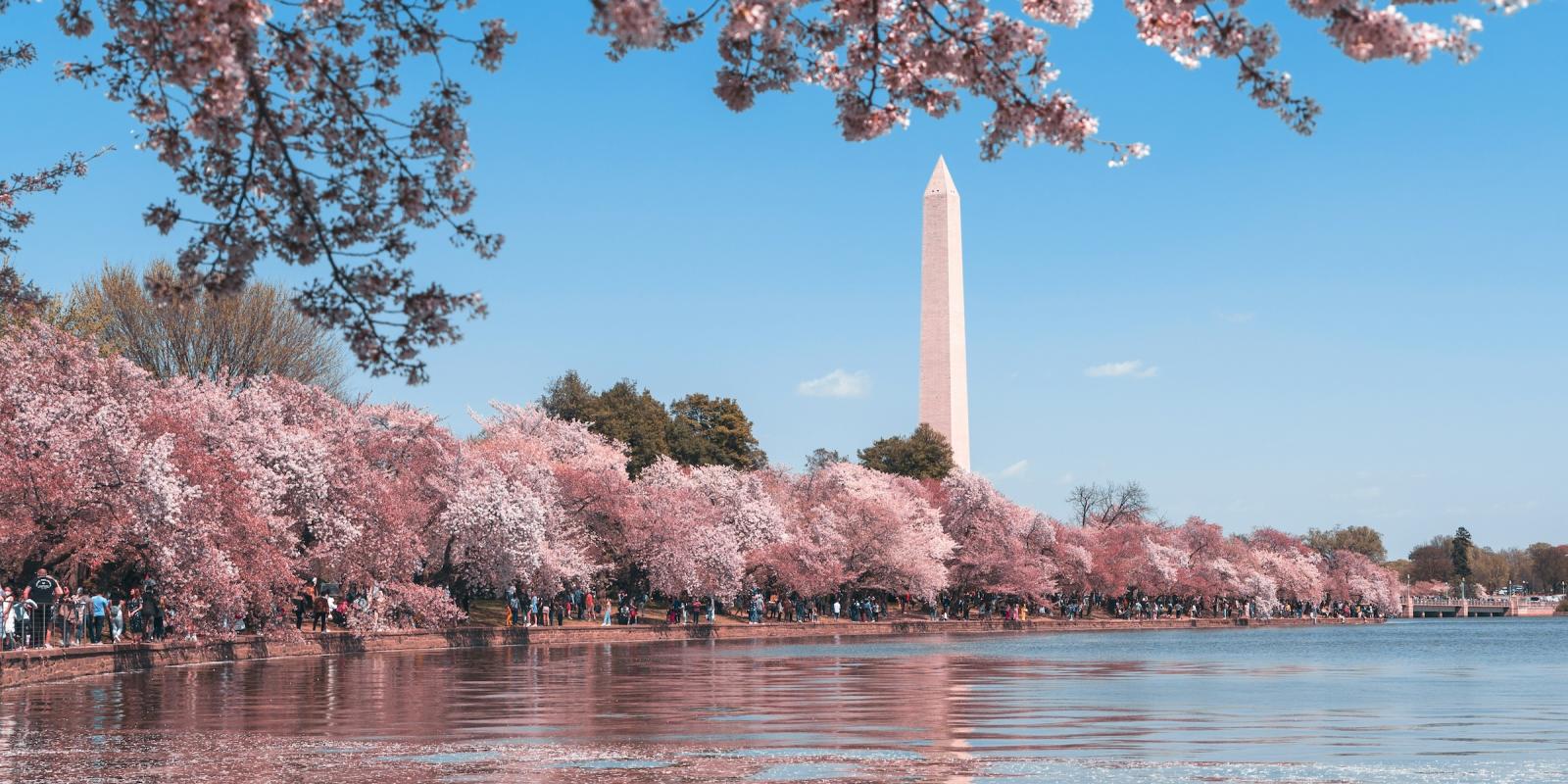By all accounts, Saturday, July 19, 1919 was a hot, muggy night in Washington, D.C. The stifling heat probably didn’t help the disposition of patrons in the city’s saloons which, in this era of early-Prohibition, could only offer the tamest of liquid refreshments. (Though, undoubtedly many barflies acquired stiffer drinks at one of the city’s many speakeasies.) It probably didn’t help matters, either, that many of the soldiers and sailors who had recently returned home from the battlefields of World War I were struggling to find work.
The day’s Washington Times reported that Mrs. Elsie Stephnick, a white woman who worked in the Bureau of Engraving and Printing, had been assaulted by “2 negro thugs” on her way home from work the previous evening. The paper noted, “This is the sixth attack made on women in Washington since June 25 and while the police are working day and night in an effort to arrest the negro assailant of the women, only two suspects are in custody.”
